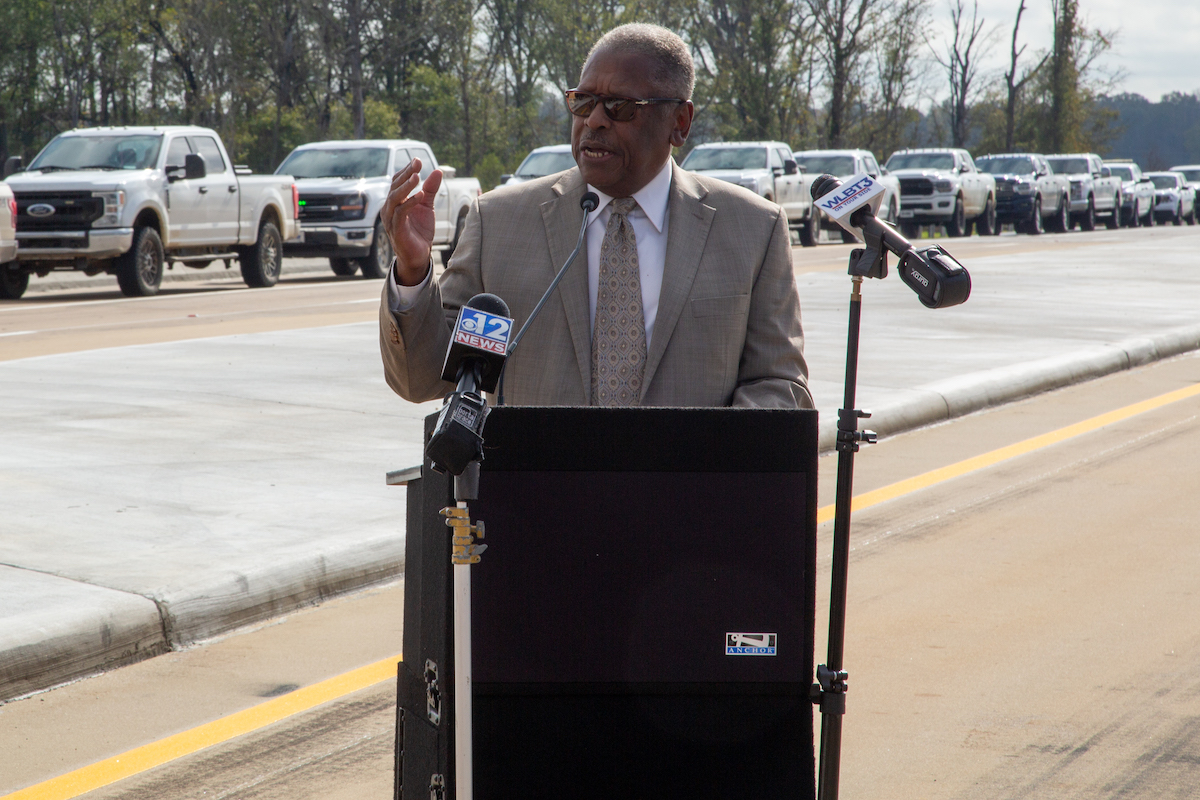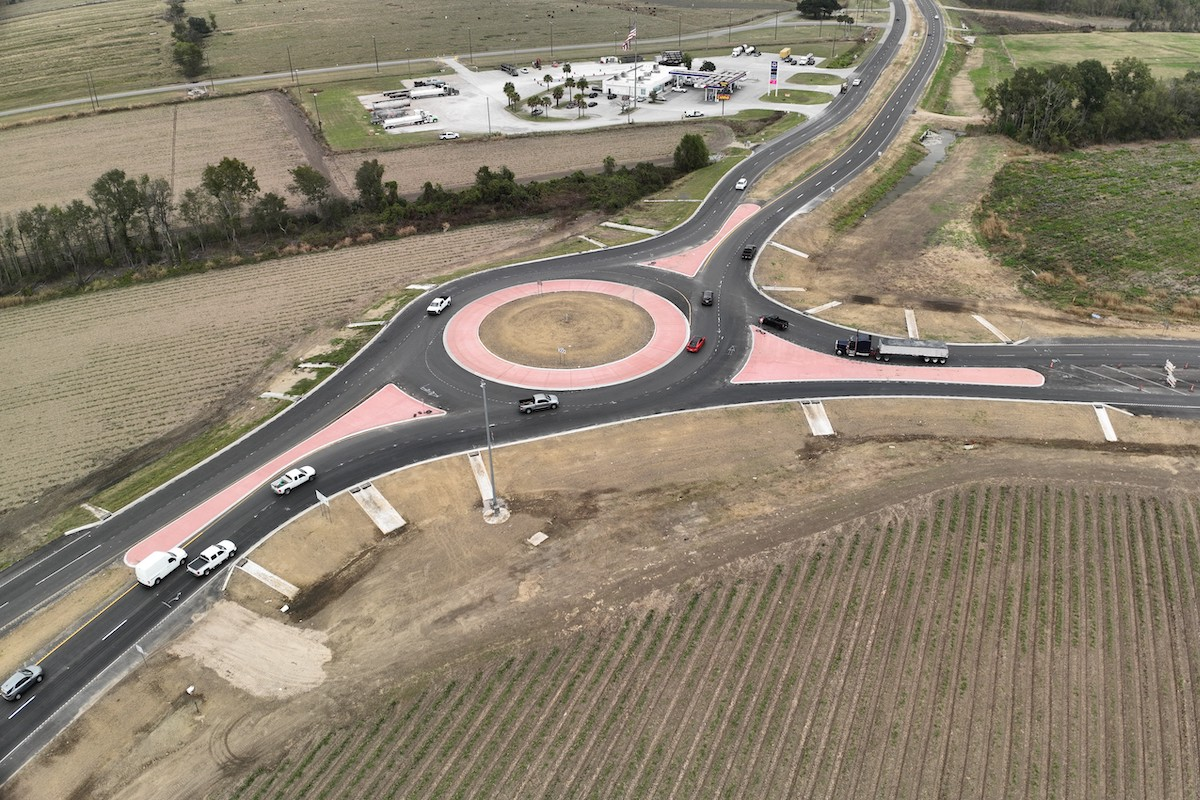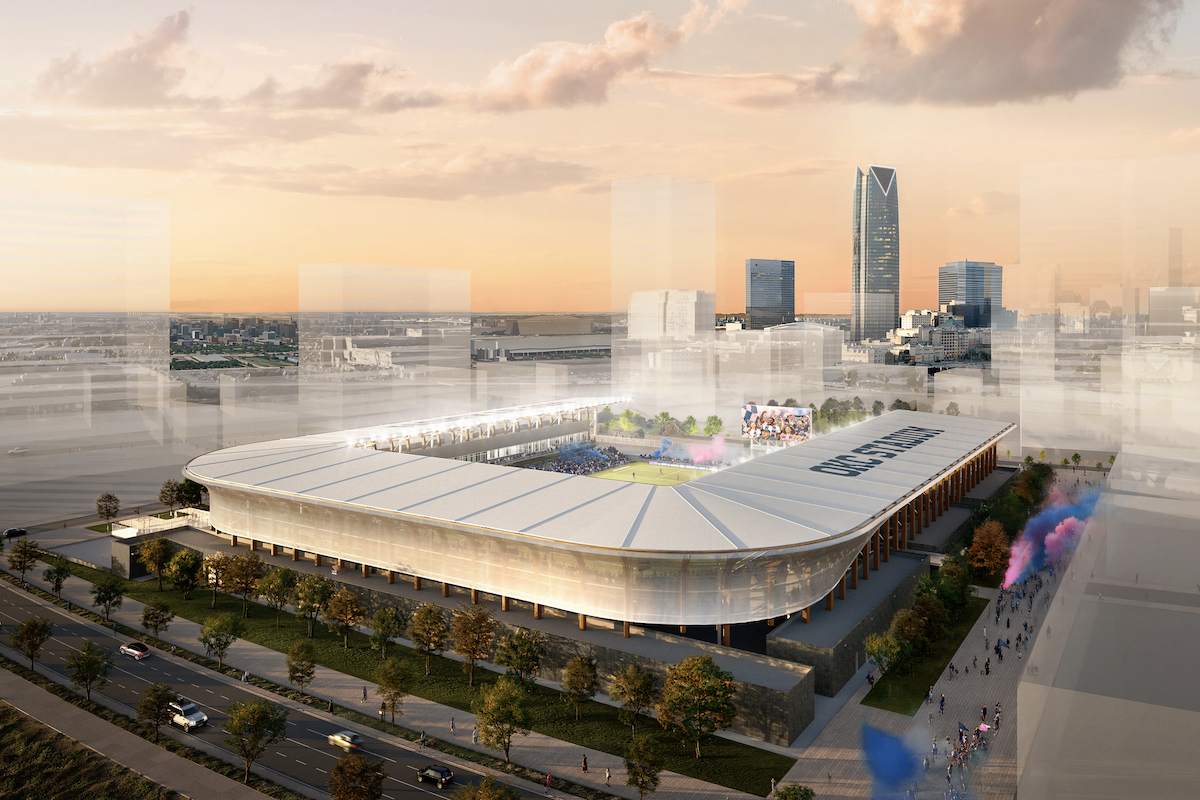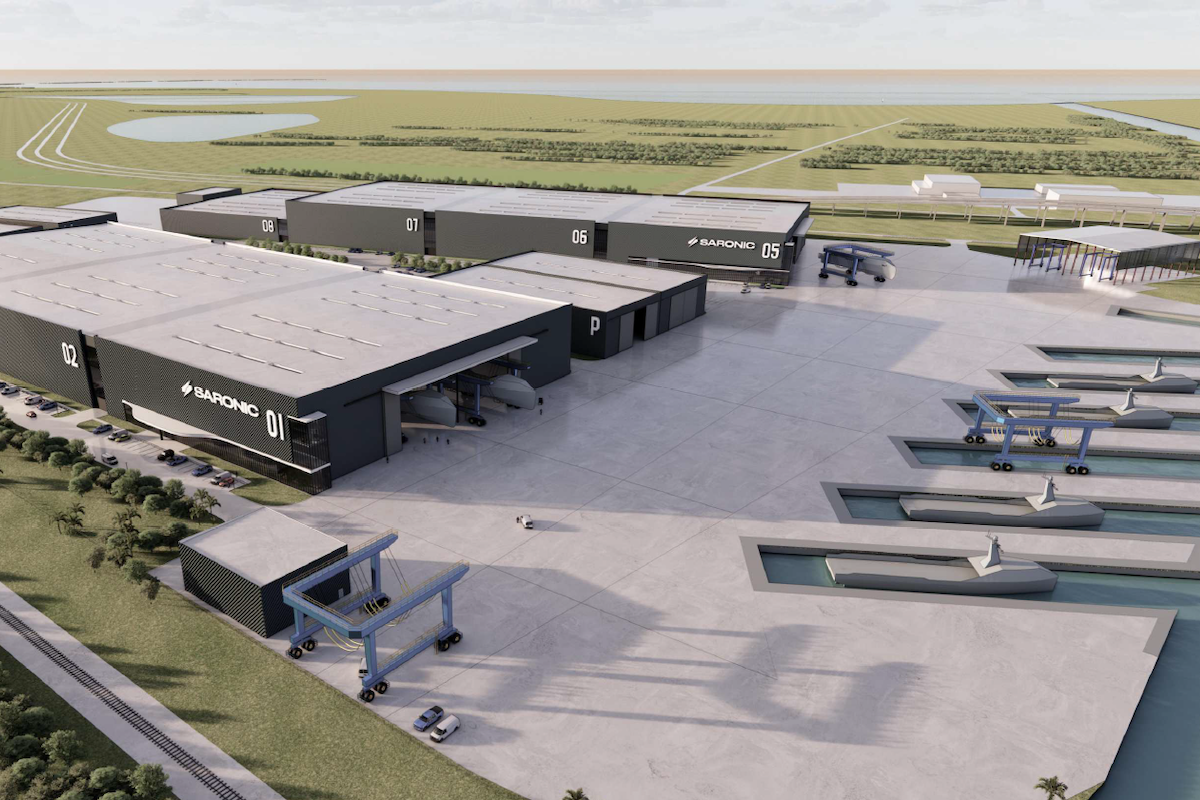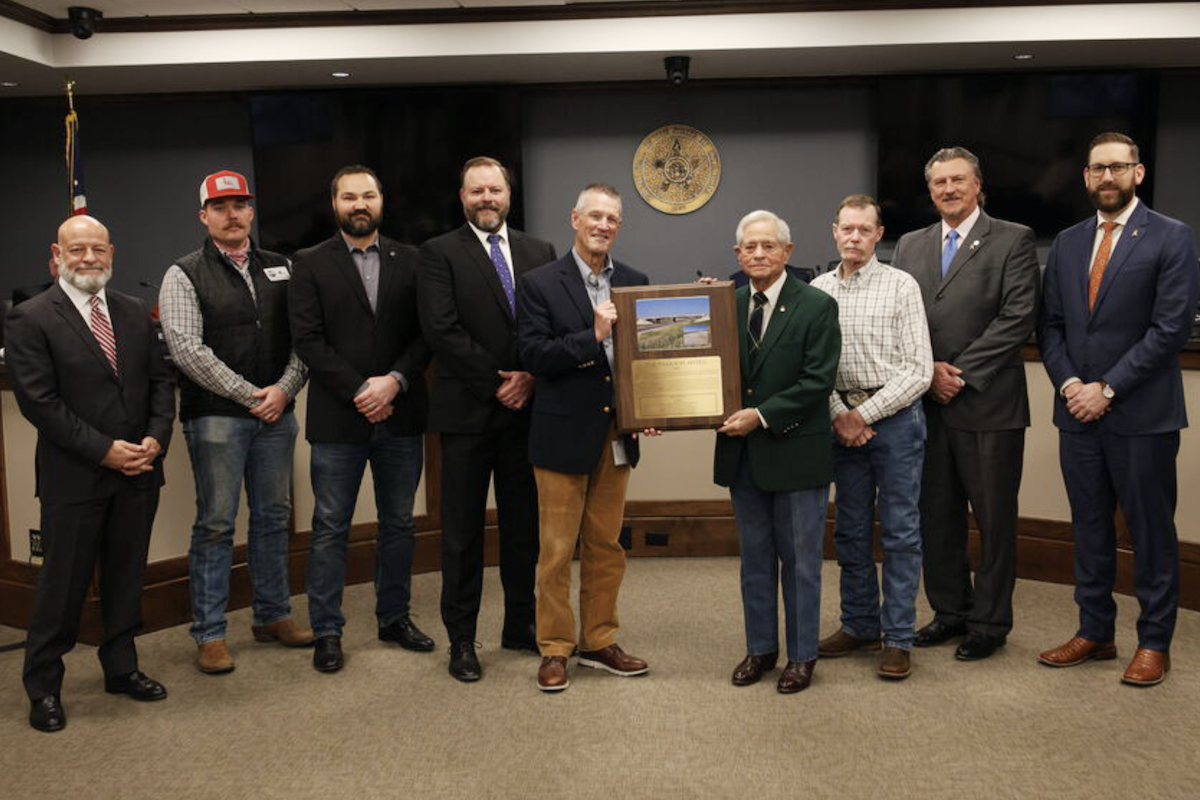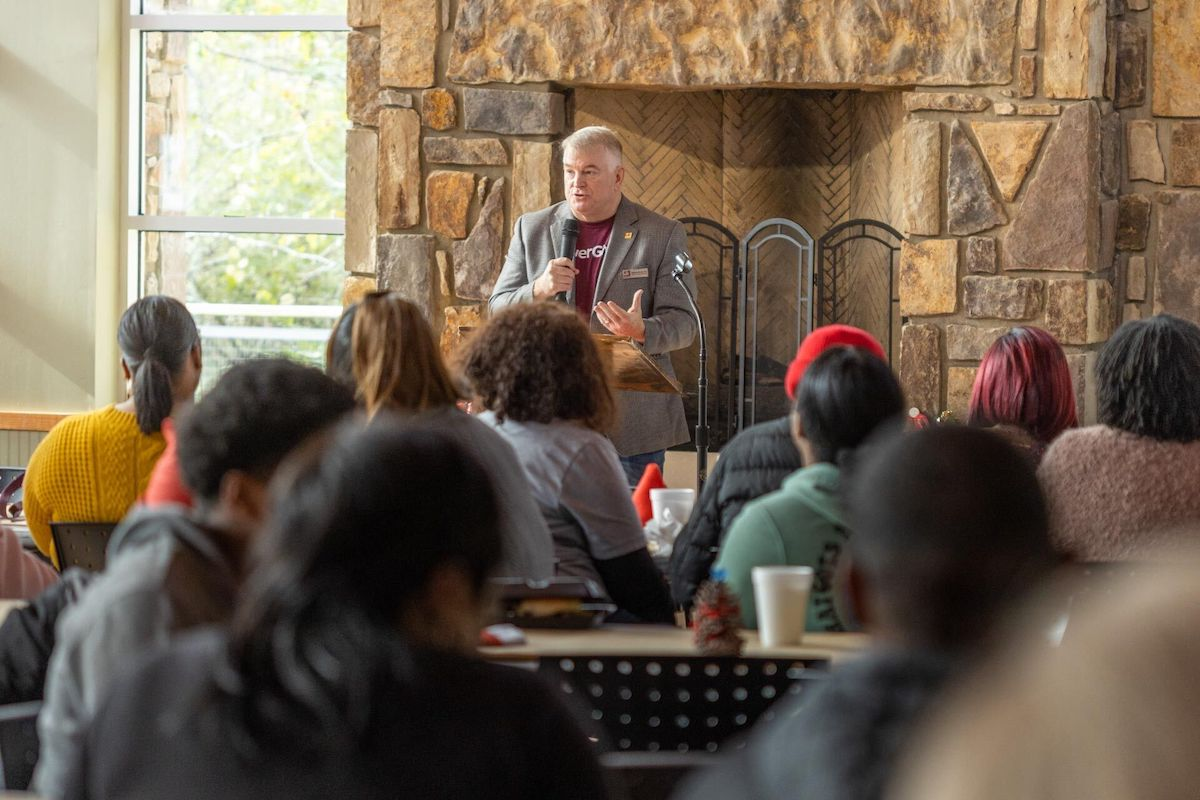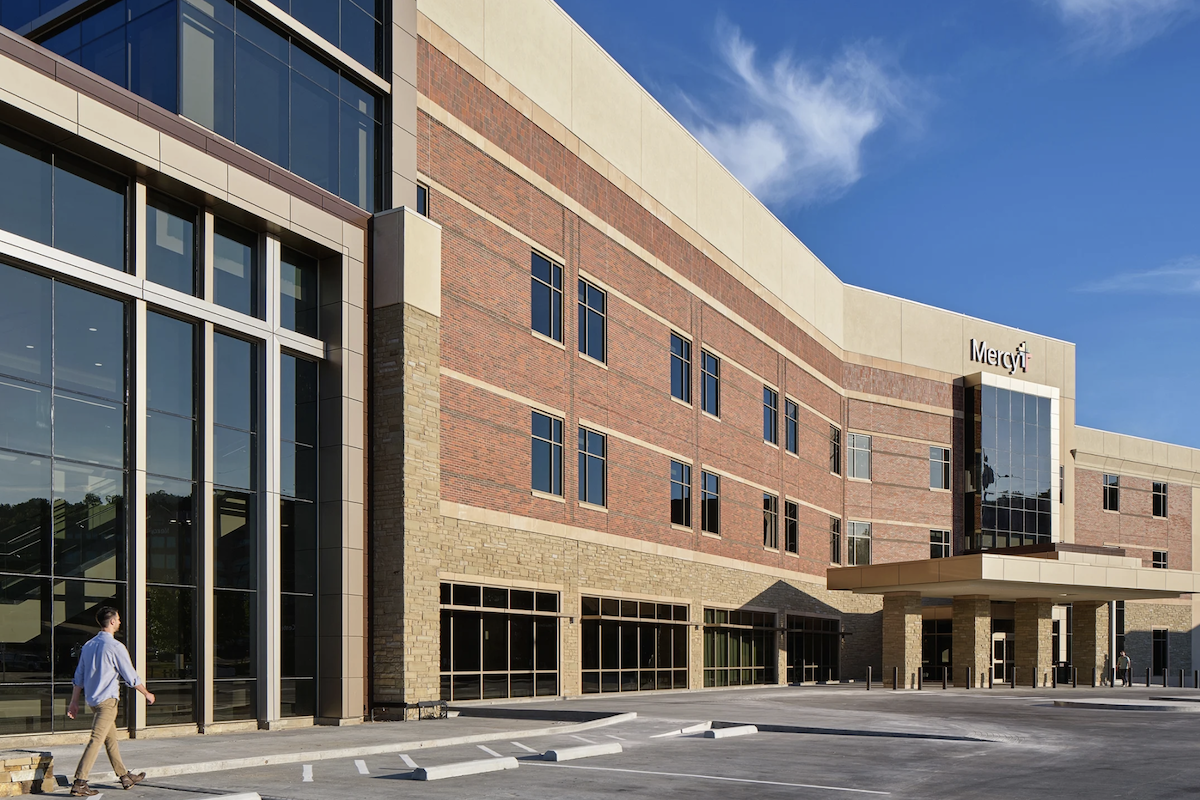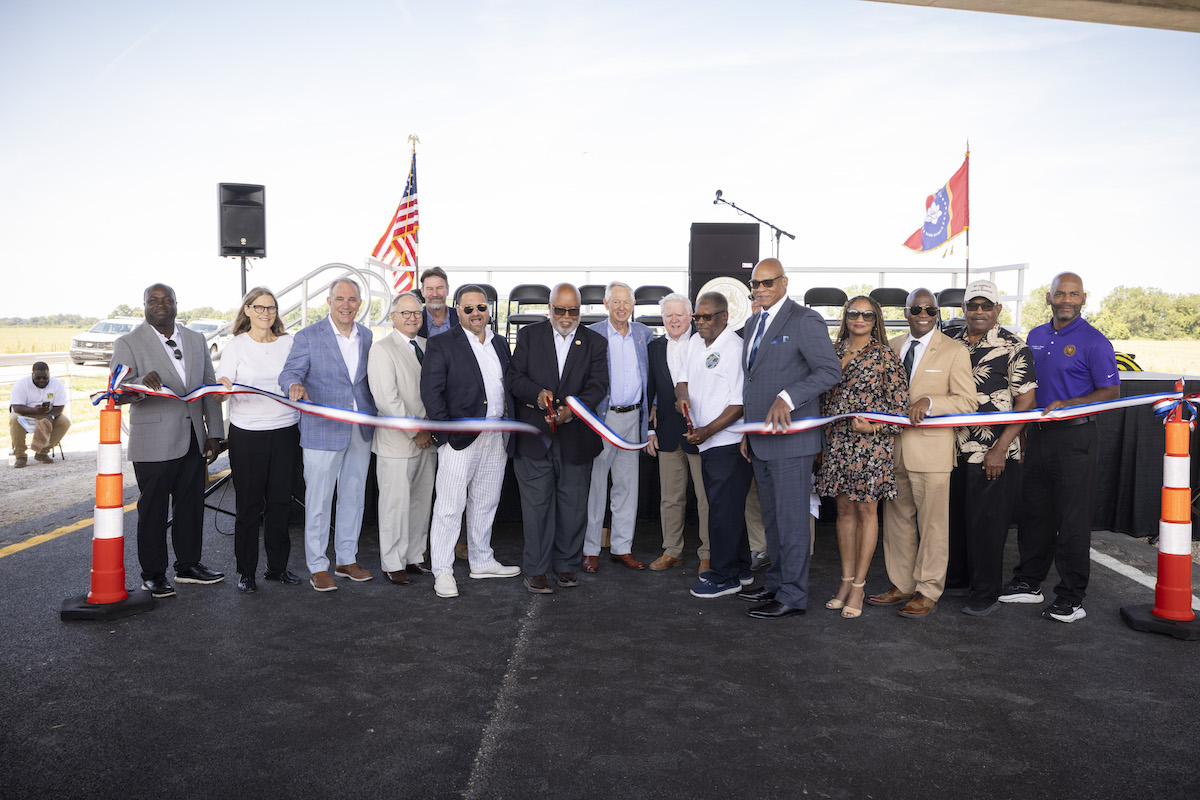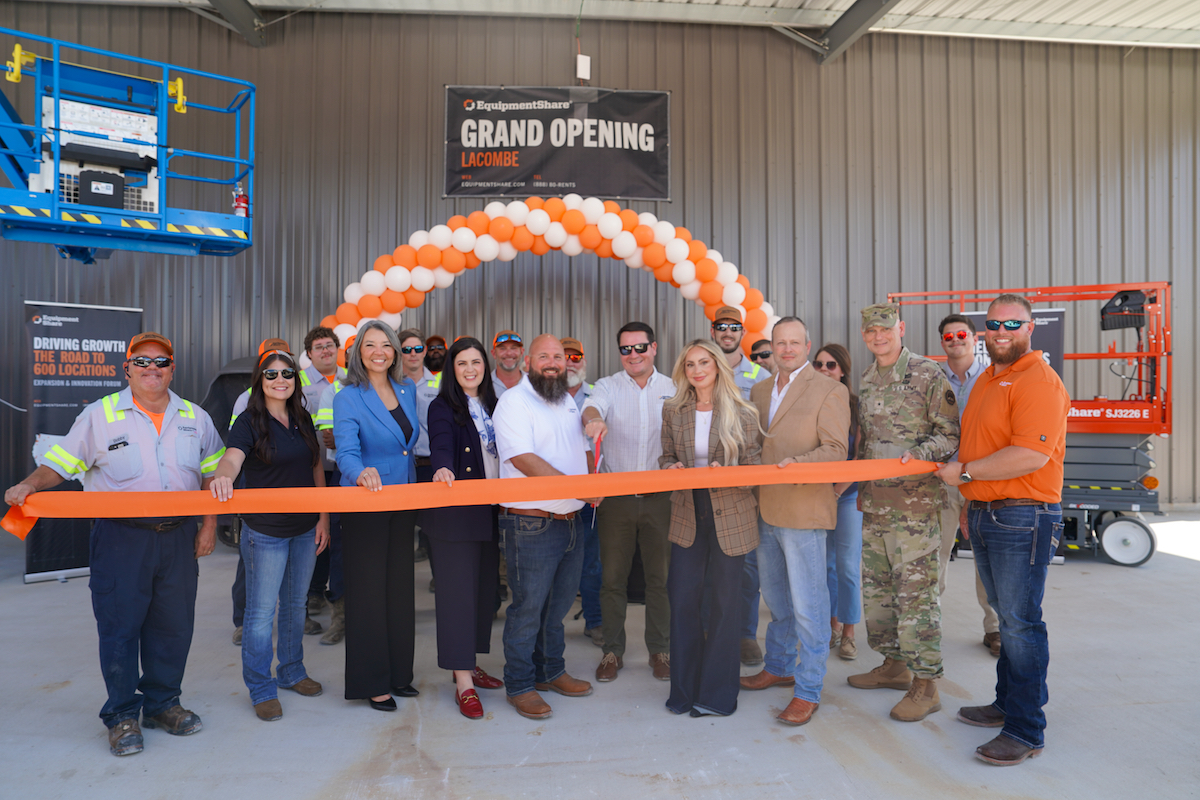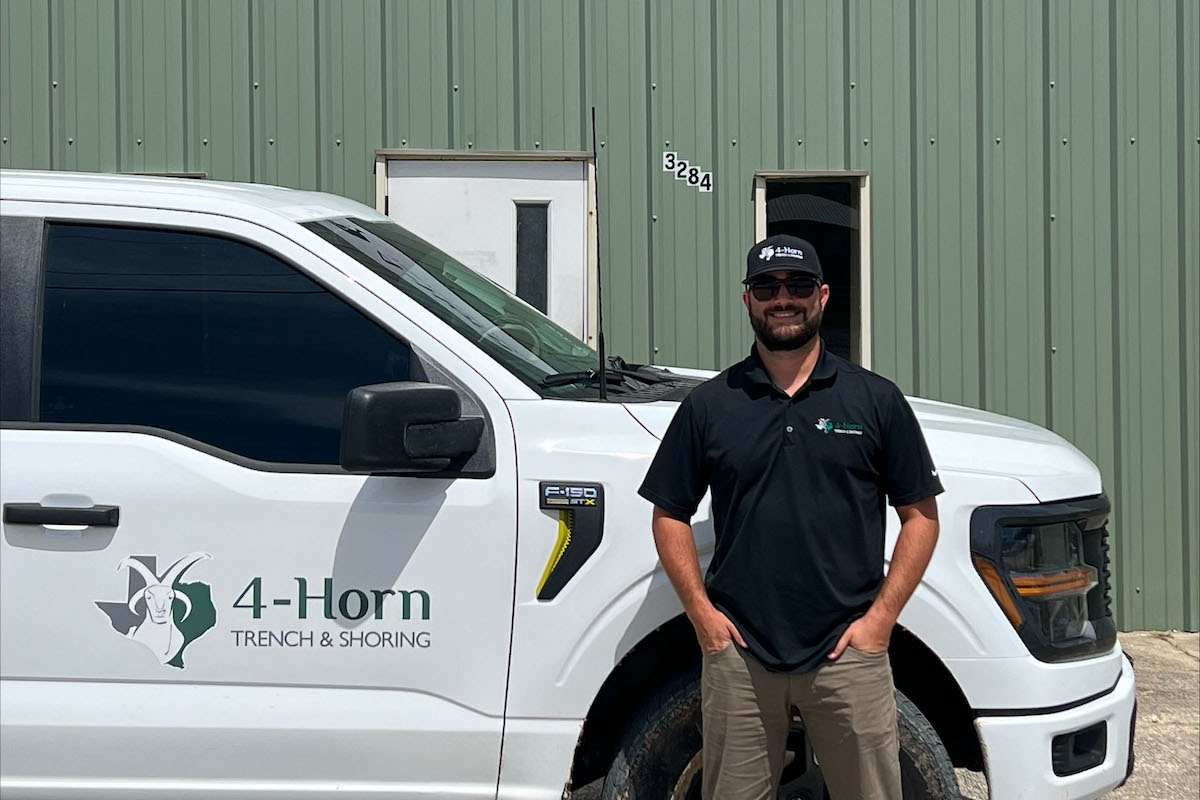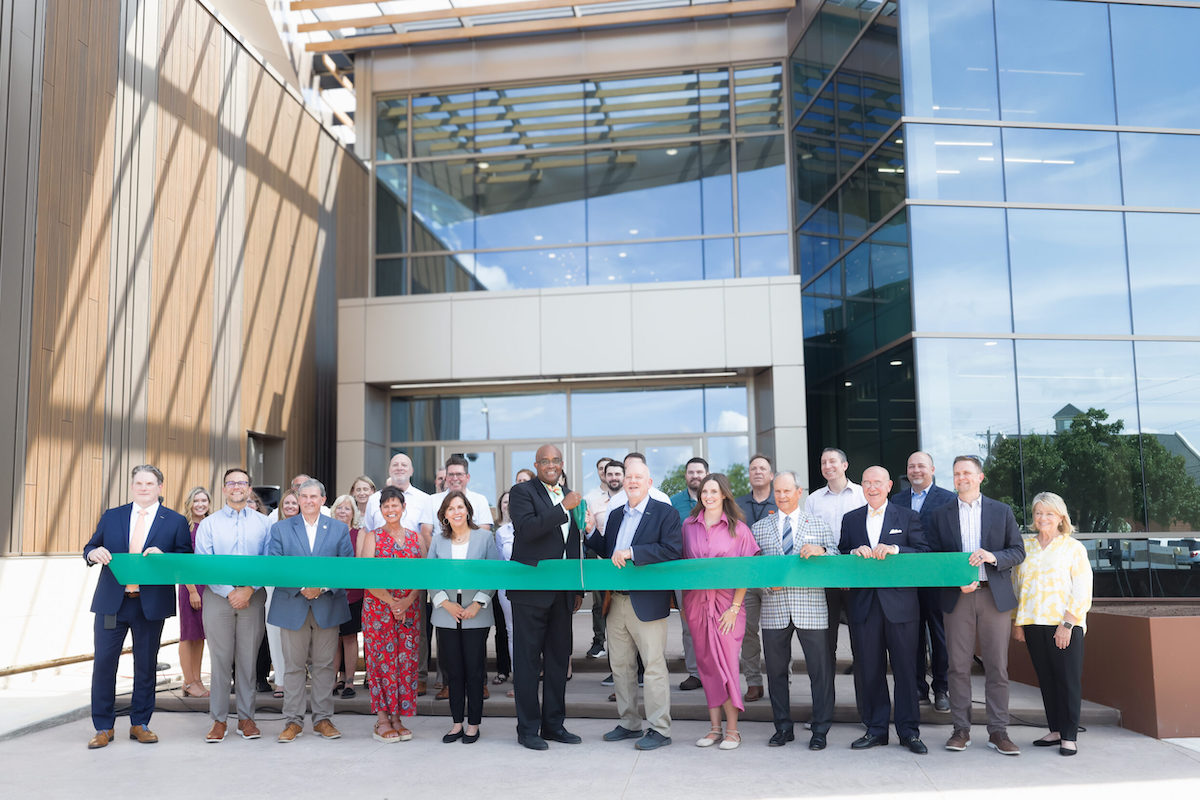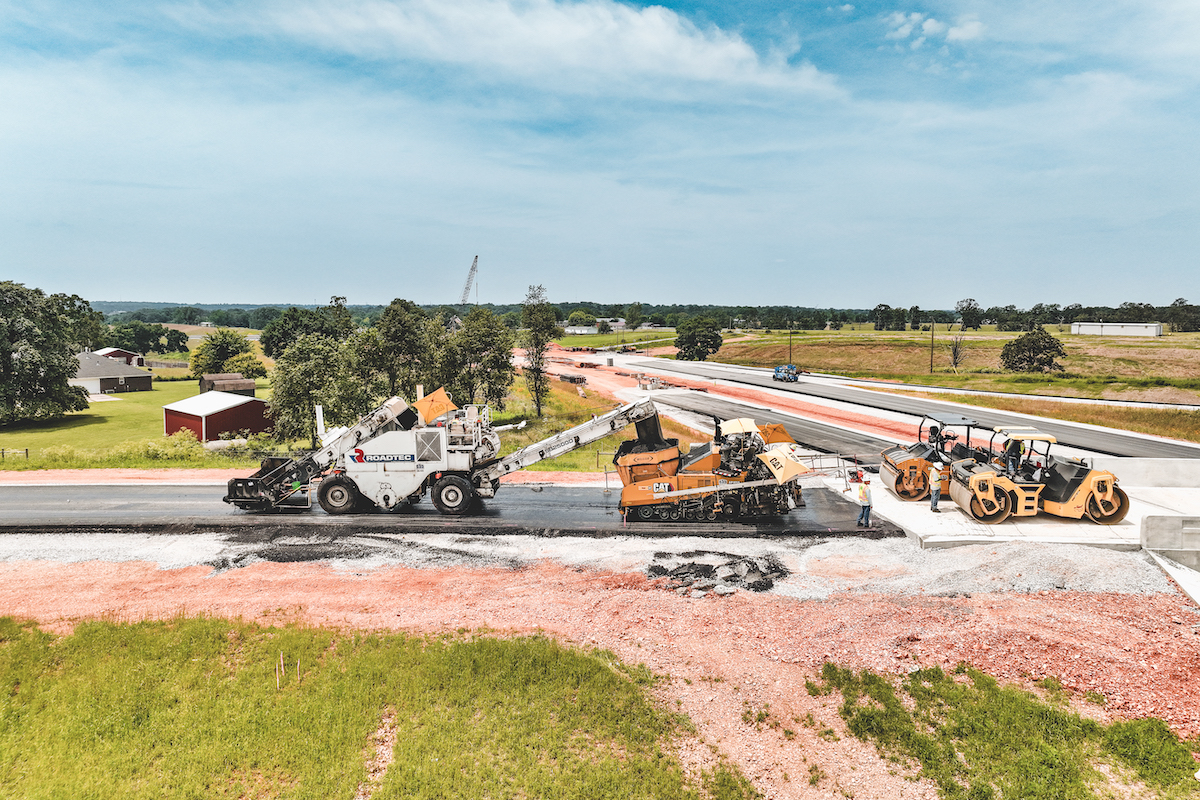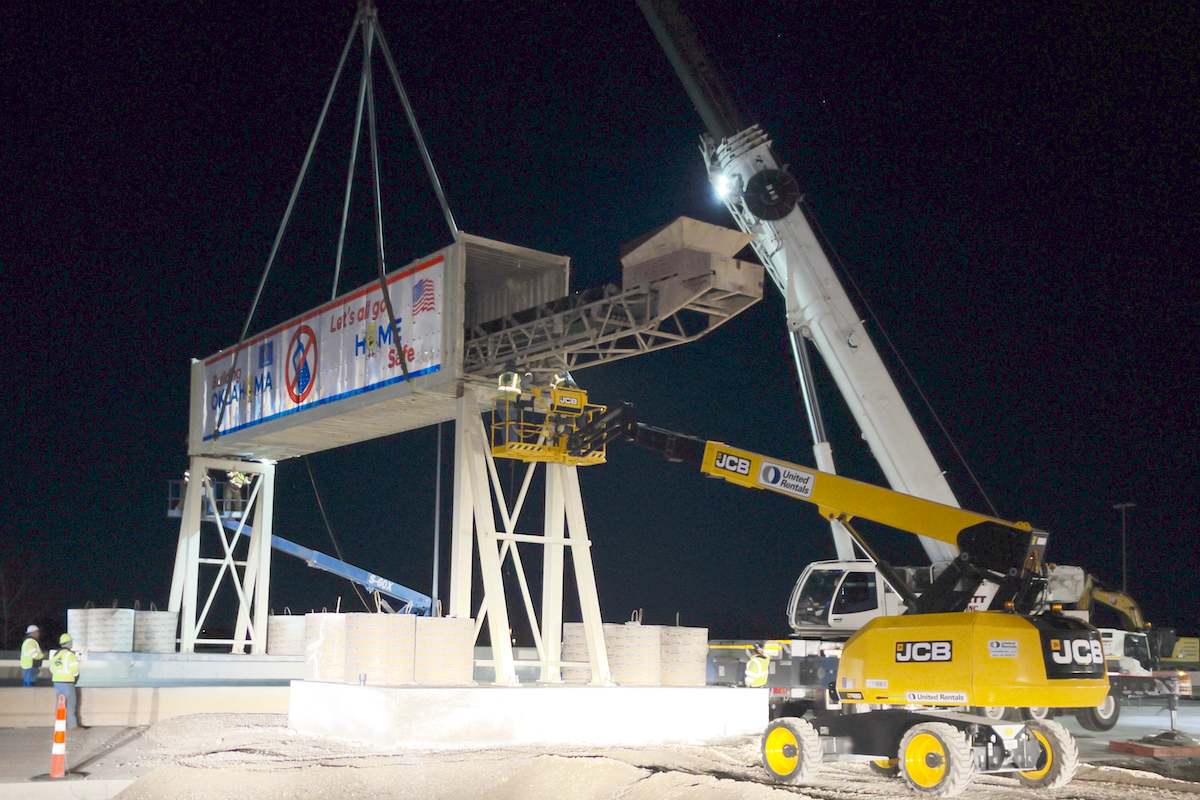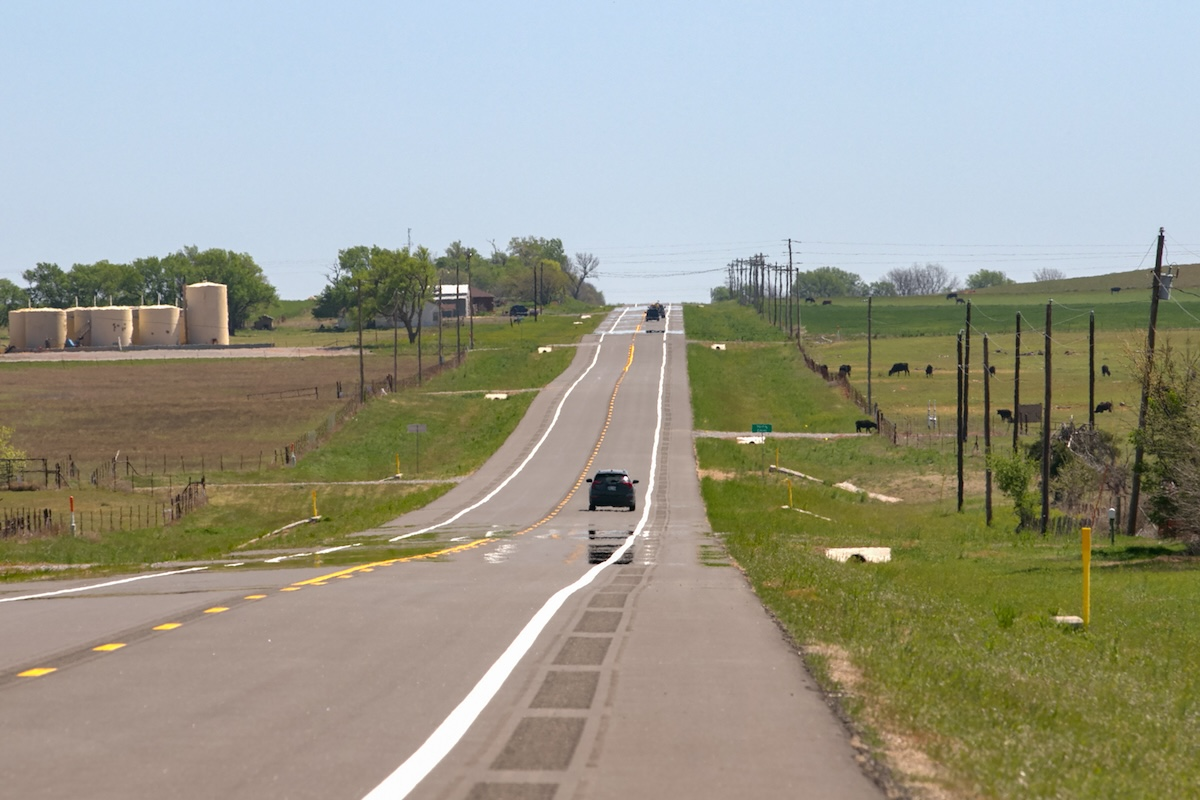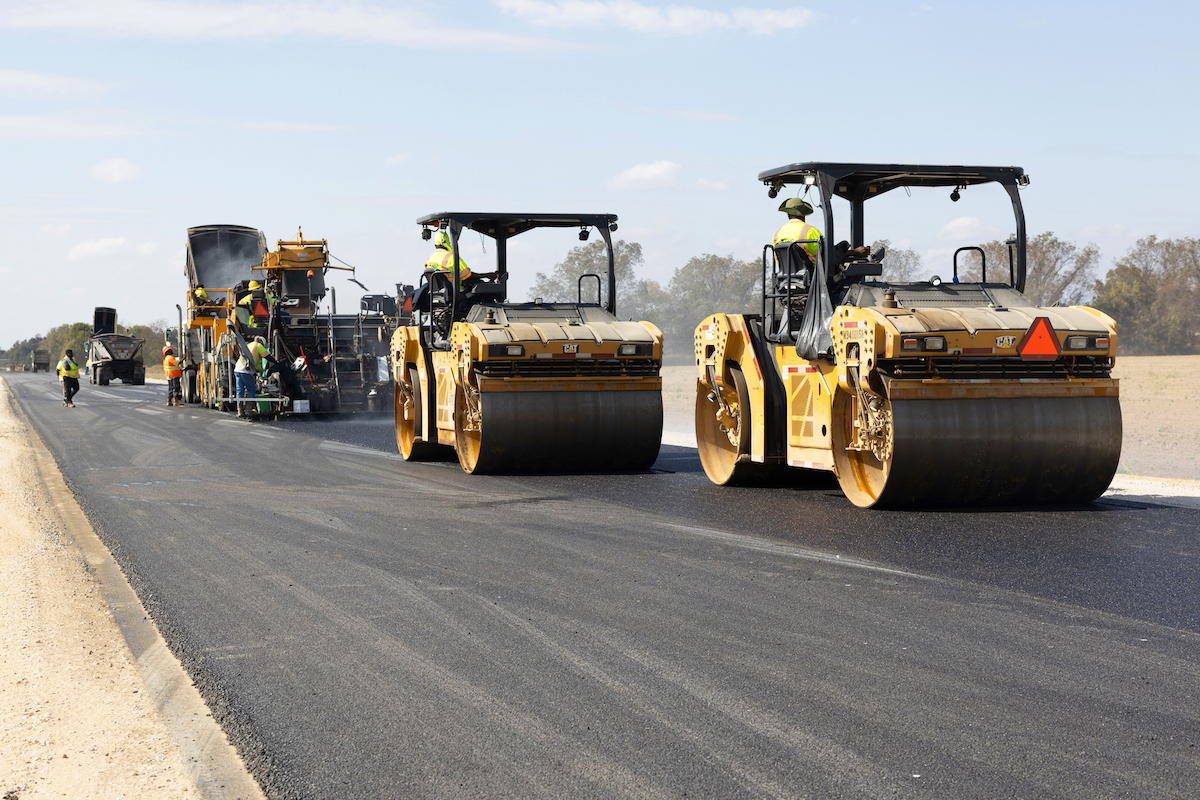Massive in scope, State Project 13761 has been divided into one engineering project and five construction projects with a total estimated cost of $220 million. The FEET project covers a 12-mile portion of the toll road, passing through Nashua, extending north through Merrimack, and continuing to Bedford. Coleman’s contract 13761D is the furthest north of the five.
While the range of the state project is impressive, its goal is simply stated by Gregory Tedeschi, P.E., New Hampshire Department of Transportation (NHDOT) District Construction Engineer, “We are widening the F.E. Everett Turnpike from two lanes to three lanes in each direction. This will expedite commuter traffic during the morning and evening.”
A second contract, 13761E, was recently awarded to Bow, New Hampshire, contractor R.S. Audley for $22.6 million. Audley began cutting and trimming trees on its contract early in June 2023.
Three other contracts – 13761A, 13761B and 13761C – are still in design phase by consultants VHB (A), and McFarland Johnson (B and C). Usually, once a project is awarded, NHDOT sets construction starting dates based on available funding, contractor schedule, and weather.

| Your local Hitachi dealer |
|---|
| CLM Equipment Co |
To simplify project administration, the 12-mile corridor has been divided into three roadway segments between Nashua and Bedford:
- Southern Segment begins just north of Exit 8 in Nashua and proceeds northerly to just south of Exit 10 in Merrimack.
- Middle Segment begins just north of the bridges over Continental Boulevard in Merrimack at Exit 11 and proceeds northerly to about 1 mile south of the Bedford Toll Plaza.
- Northern Segment begins in Bedford south of the U.S. Route 3 Overpass Bridge and proceeds northerly to the I-293 interchange.
Project designers believe the overall project will cost about $220 million, excluding engineering and right of way estimates. This is a non-federally funded project and will be paid solely by tolls collected by NHDOT’s Bureau of Turnpikes.
Built in the early 1950s, FEET originates at the state border with Massachusetts, where it is a continuation of U.S. Route 3, and proceeds north about 39 miles to Exit 14 in Concord, New Hampshire. The toll road is one of the primary north-south roadways in southern New Hampshire and connects the state’s three largest cities – Nashua, Manchester, and Concord. Named after Frederick Elwin Everett, the first commissioner of the NHDOT, the toll road is a vital thoroughfare linking residents, communities, commerce, and year-round tourists throughout New Hampshire and accommodates travel between New Hampshire and Massachusetts.
To illustrate the severity of bottlenecks, between Interchange 10 and 11 during the afternoon peak in the northbound direction, average speed falls from 63 mph to below 22 mph and travel time index reaches 2.8. Transportation experts use the index to indicate how much longer, on average, travel times are during periods of congestion compared to during light traffic. It is the ratio of the travel time during the peak period to the time required to make the same trip at free-flow speeds. A value of 2.8, for example, indicates that a 20-minute free-flow trip will take commuters 56 minutes during the peak period.
Currently, the turnpike presents a mix of two- and three-travel lanes. The FEET project changes the cross section from two 12-foot travel lanes with narrow shoulders to three 12-foot travel lanes in each direction with wider shoulders on both the right and left sides of the roadway. In addition, the box beam median guardrail will be replaced by a concrete median barrier between the northbound and southbound barrels.
Ultimately, the FEET project will create a uniform three-lane section in both directions throughout the busy 12-mile corridor from Nashua to Manchester, providing consistent driver expectation and thereby improving safety.
The contractor broke ground for the project in spring 2022, initially employing large Caterpillar and Komatsu excavators to remove an estimated 56,000 cubic yards of ledge blasted by subcontractor Maine Drilling & Blasting.
These blasting operations sometimes required the use of rolling roadblocks -- temporary traffic control methods – said to lower the number of crashes due to roadway construction by allowing traffic to continue moving at reduced speed rather than coming to a complete stop.
Rolling roadblocks are used most often for short term work on high-volume or high-speed urban and rural freeways and other multi-lane access-controlled facilities where traffic would normally flow unimpeded. During a typical turnpike rolling roadblock, officials control all lanes of traffic using pace vehicles so that activities such as removing shattered rock from the highway can be performed safely and efficiently. Other activities that may call for the use of a rolling roadblock include setting bridge beams, placing overhead sign structures or pulling wires or cables across a roadway. Message boards, uniformed officers, traffic control devices, and smart work zone devices are used to alert the traveling public.
In addition to clearing blasted ledge, Coleman has been busy on a broad range of tasks, among them: placing new drainage infrastructure for the mainline including crossing pipes, constructing foundations and installing overhead sign structures and communication towers, applying humus and seeding to establish grass in completed areas, laying geogrid material to stabilize slopes, and crushing and screening blasted ledge.
“We’re producing select roadway base materials for on/off ramps and the mainline from blasted ledge, using mobile crushers,” said Rodney Glaze, Coleman’s On-Site Superintendent. “The primary machine is an ASTEC Crawler Model FT2650 Jaw Crusher, while the secondary is a Metso Crawler LT220 GPS Cone Crusher.” A 30-year construction veteran, Glaze said he enjoys supervising this project, but that it demands vigilance.
“The most challenging part of this job is traffic control. There’s not much room between us and traffic, so we make sure all barriers are up, and I tell the workers to keep their heads on a swivel.”
Glaze noted that the project is on schedule. “As of July 15, 2023, the job is about 65 percent complete, and we shouldn’t have any problems meeting the July 2024 target.”



















